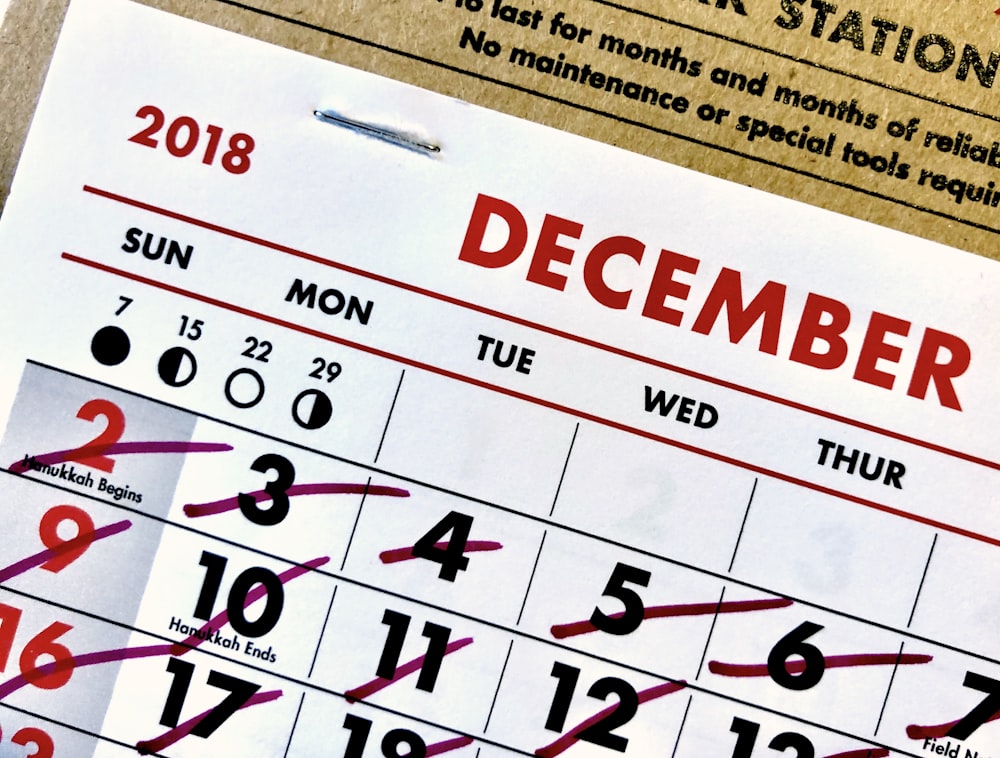Choosing the right Event Date
Scheduling your race is one of your more important tasks as a race director. You need to choose a date that makes sense for the location you've selected.

Scheduling your race is one of your more important tasks as a race director. You need to choose a date that makes sense for the location you've selected. You want to take into account the season of when participants will want to be racing, holiday schedules and competition—especially for your first race.
Your timeline will also be a determining factor to keep in mind. If your goal is to put together a successful race with hundreds of people, you need time to organize the event. A year is usually the right amount of time to conceptualise and develop your ideas. Not just for your planning purposes, but to get the event out to the general public too.
In general, you want to pick a time of year when the weather is nice, when a lot of people will be around, and when they won't all be doing something else. So here are some pointers when thinking about what date to pencil in the calendar for your race.
Time and Day
Generally, Saturday or Sunday morning work best. Most times of the year, 9:00 a.m. is an ideal race start time. It's not too early, but it gives plenty of time for people to do other things later in the day. During the colder months, you might want to start your race later in the day to give things a chance to warm up. An evening race during the summer can also work. Other possibilities for race days are the mornings of bank holidays. Christmas season races are a bit more difficult to judge, as the weather is harder to manage and many people are often with family out of town. If you’re closing roads, mornings are usually best so that you’re not causing too much disruption on the roads later into the day. On this note, Sundays are likely preferable to Saturdays as roads are quieter with fewer people travelling, and fewer businesses open.
Weather
From a weather standpoint, The ideal times of year for running are late Spring, late Summer, and Autumn. This would be the months of April, May, and September through mid-November. Temperatures are mild, humidity is low, and most courses are snow and ice-free.
Conflicts
You should try to pick your race date so that it does not conflict with another major event that could draw away your runners. This means first that you should not "step on the toes" of other races. There are numerous races that are run every year. Some of them soak up most of the available local runners, and so it would be a mistake to try to run your race on the same day. Other example events that would draw runners away from your event is large festivals or sports game championships. If possible, avoid the whole weekend, but certainly avoid the event times and the entire tailgate period beforehand.
Continuity
Don't make big changes to the date of your race from year to year. If your race was on the first Saturday in November last year, try to keep it that same weekend, or one very close to it on the calendar, unless you have a very good reason to change it. This is mainly for your planning and timelines sake, but runners like regularity too.
Next Steps: Announcing Your Date
Once you’ve done your homework and chosen the perfect event date, don’t forget the most important step – announcing it to your attendees! Add it to the events calendar on your website, share the event date announcement with your mailing list, and begin marketing to potential racers.
Here to help
Don't hesitate to contact us if you have any questions about your event, our platform or simply want to chat! Drop us an email at support@eventrac.co.uk

